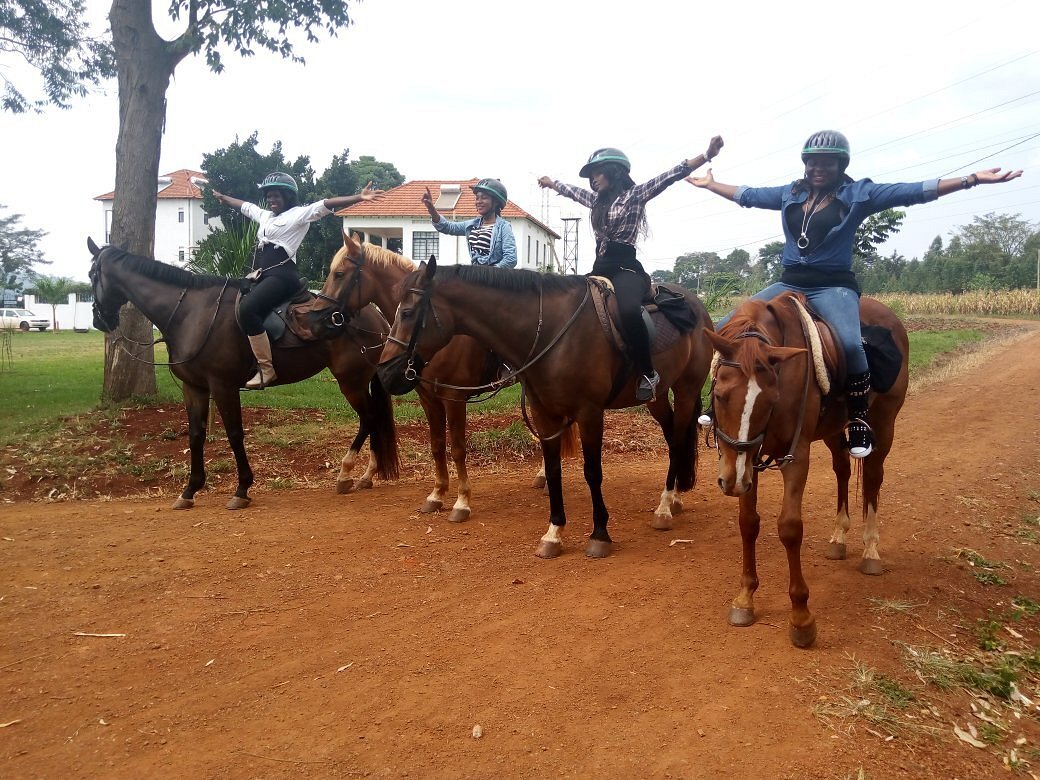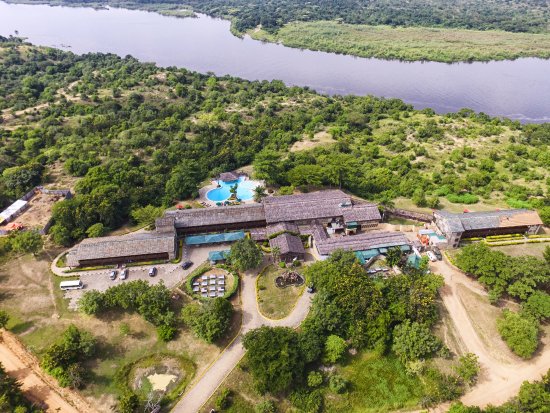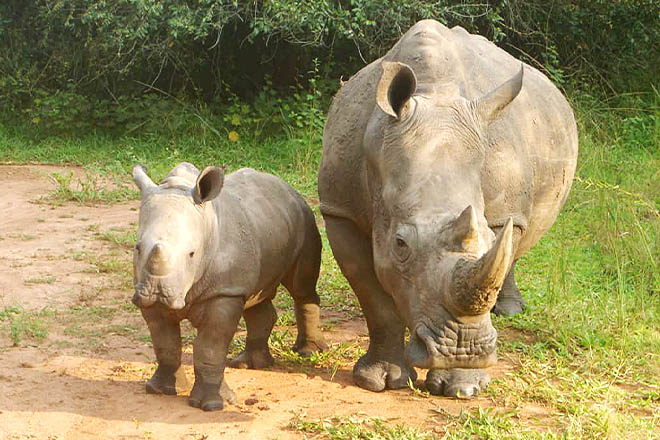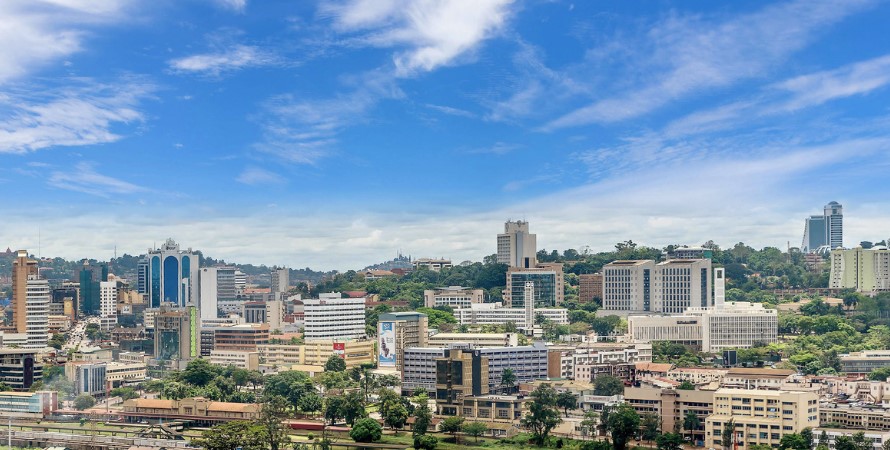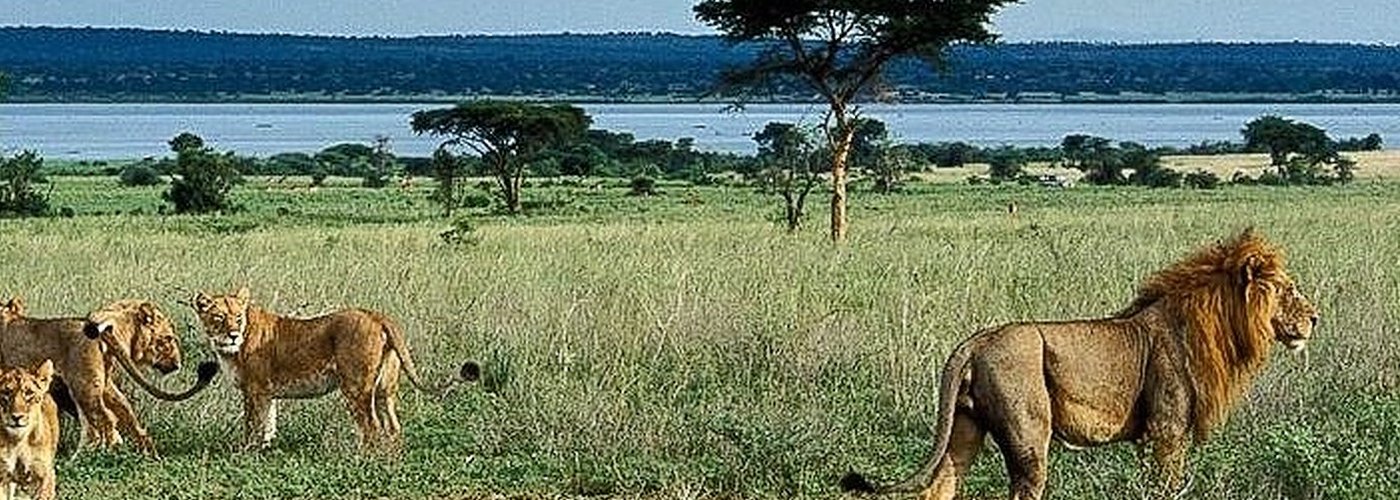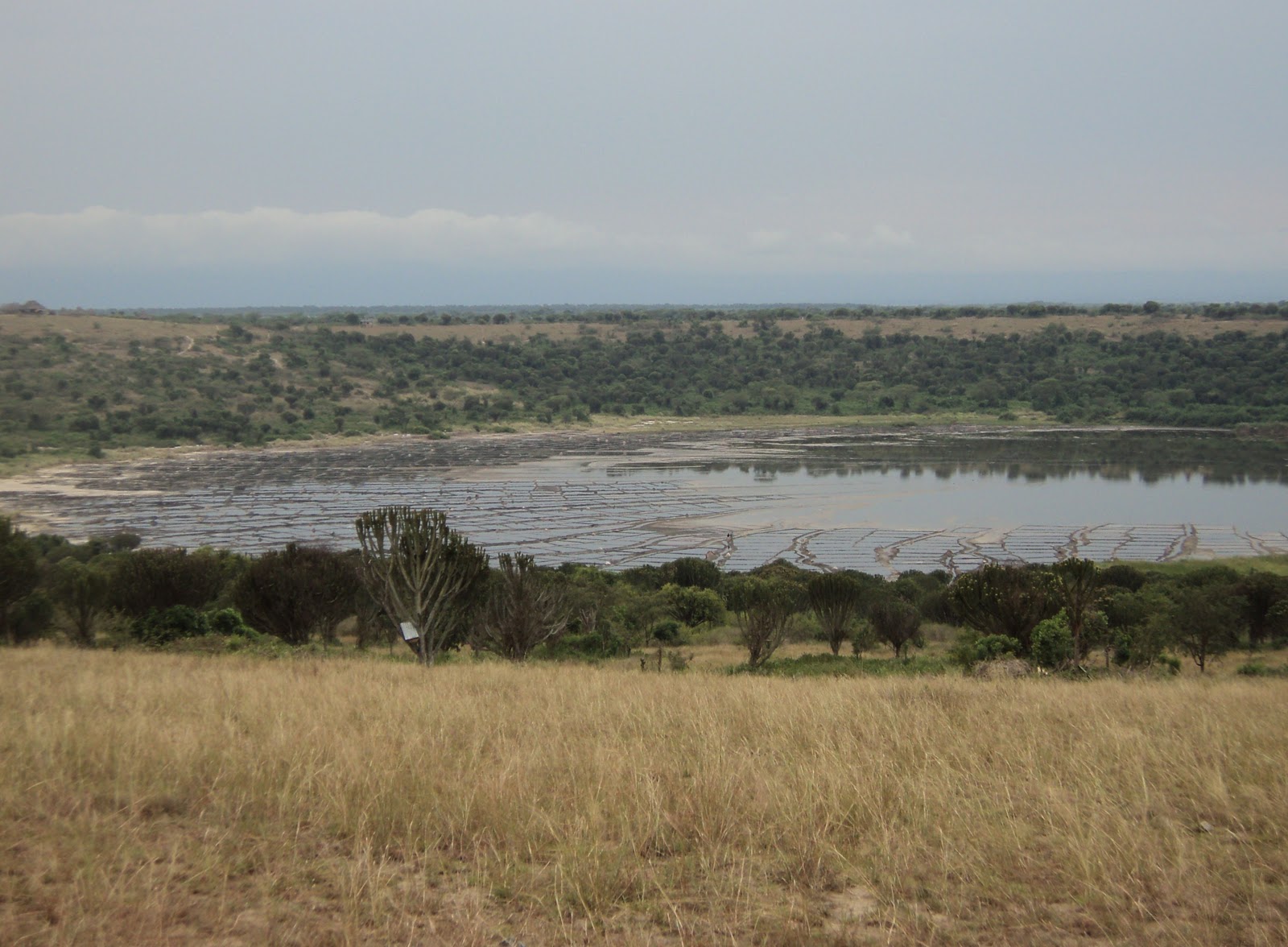Horse Riding Safari in Jinja City
Horse Riding Safari in Jinja City. Welcome to an unforgettable adventure in the heart of Uganda, where the majestic Nile River flows and nature’s wonders abound. Jinja City, nestled on the banks of the Nile, offers a unique experience for horse riding enthusiasts seeking to combine the thrill of horseback riding with the beauty of an African safari. Join us on a journey as we delve into the captivating world of horse riding safaris in Jinja City.
Embracing the Equine Connection: Immerse yourself in the beauty of Jinja City’s countryside as you forge a deep connection with your noble steed. Experience the harmony and trust that develops between rider and horse, as you embark on an adventure that will create memories to last a lifetime. Jinja City provides a perfect backdrop for horse riding safaris, with its diverse terrain, picturesque landscapes, and abundant wildlife.
Discovering Jinja’s Natural Splendors: As you trot, canter, or gallop through the wild trails of Jinja City, prepare to be amazed by the natural splendors that unfold before your eyes. Explore vast savannahs, lush forests, and tranquil wetlands, all while enjoying the thrill of being in the presence of stunning wildlife. Keep your eyes peeled for giraffes gracefully grazing, zebras roaming freely, and antelopes leaping through the tall grass.
Riding Along the Mighty Nile: No horse riding safari in Jinja City would be complete without a trail along the magnificent Nile River. Picture yourself trotting alongside the iconic river, with its shimmering waters and soothing sounds. Revel in the sight of playful hippos, elegant water birds, and the occasional crocodile sunning itself on the riverbanks. This unique experience allows you to appreciate the beauty and power of nature while on horseback.
Exploring Local Culture and Communities: Jinja City is not only a hub for thrilling horse riding safaris but also a place rich in cultural heritage. Take the opportunity to immerse yourself in the local communities, interact with friendly villagers, and learn about their traditions and way of life. Engage in vibrant marketplaces, taste traditional cuisine, and witness captivating dance and music performances. Discover the true spirit of Uganda as you connect with the warm and welcoming people of Jinja.
Experienced Guides and Equestrian Facilities: Rest assured that your horse riding safari in Jinja City is in capable hands. Experienced guides who are passionate about horses and wildlife will accompany you throughout your journey, ensuring your safety and providing insights into the local flora and fauna. Top-notch equestrian facilities, including well-trained horses and quality riding gear, will guarantee a comfortable and enjoyable experience for riders of all levels of expertise.
Conclusion: A horse riding safari in Jinja City is an extraordinary adventure that combines the excitement of horseback riding with the enchantment of a safari experience. From the equine connection to the breathtaking landscapes and encounters with fascinating wildlife, Jinja City offers a truly unforgettable experience. So, saddle up and embark on a journey that will awaken your senses and leave you with memories to treasure forever. Get ready for an incredible horse riding safari in the heart of Uganda’s natural wonders.

